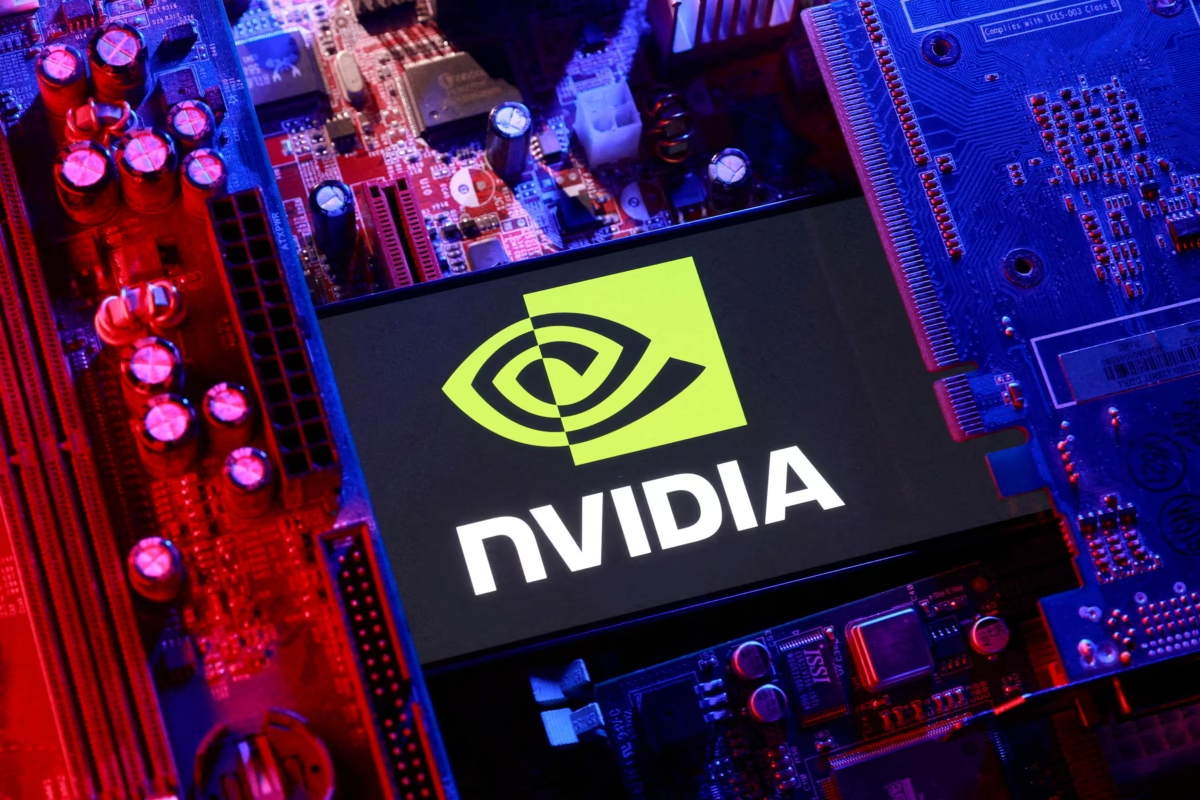Can Microsoft’s secret weapon help it outshine Google and Amazon in the AI cloud war this week?

Microsoft
As global attention shifts toward the financial performance of Big Tech’s cloud divisions, Microsoft once again finds itself in the spotlight. The company is set to announce its fiscal first-quarter 2026 earnings on Wednesday, and analysts are watching closely to see how its AI-driven growth story unfolds.
Industry experts say the performance of Microsoft’s Azure cloud platform will serve as a key indicator of how successfully Big Tech is monetizing artificial intelligence. The last quarter saw Azure’s revenue soar 39% year-over-year — a figure many believe will hold steady, or even accelerate, in the quarters ahead. Bernstein analyst Mark Moerdler projected Azure’s upcoming report could show as much as 40% growth, further cementing Microsoft’s dominance in the enterprise cloud market.
But analysts argue Microsoft’s real advantage isn’t just in Azure’s impressive expansion — it’s in the company’s unique ability to leverage its high-margin software empire. With near-monopolies in Office 365 and Windows, Microsoft can afford to spend heavily on AI infrastructure while still generating enormous profits.
DiFucci, a leading tech analyst, notes that Microsoft’s decision to raise prices for its Microsoft 365 subscriptions by 30% following the integration of its AI assistant, Copilot, demonstrates how the company is directly monetizing AI. The increase translates to 30% more revenue on a $6.23 billion business with minimal cost implications — a move that could deliver near-total profit margins.
This approach, which can be extended to corporate clients through M365 Commercial, reflects Microsoft’s strategic model: use its software ecosystem to fund its AI ambitions. Meanwhile, the company’s Windows business — though representing just 10% of revenue — accounts for nearly 20% of overall profit. Analysts say the extended life cycle of Windows 10, now expected to stretch into 2026, will likely trigger a surge in PC upgrades and software renewals, boosting sales.
These two high-margin pillars — Windows and Office — effectively act as financial shock absorbers, helping Microsoft sustain growth during heavy investment periods in AI and cloud expansion.
Adding to the anticipation, Microsoft recently revised its landmark partnership with OpenAI, cementing its 27% ownership in the $135 billion public benefit corporation that controls ChatGPT. Although Microsoft has lost its “first right of refusal” on OpenAI’s cloud deals, OpenAI has committed to spending $250 billion on Azure usage, ensuring a steady revenue stream for Microsoft’s cloud operations.
For the quarter, Bloomberg estimates suggest Microsoft will post adjusted earnings per share of $3.68 on $75.5 billion in revenue — both up significantly from last year’s $3.30 and $65.6 billion, respectively. Analysts expect the company’s Intelligent Cloud segment, which includes Azure, to report $30.2 billion in revenue — a 25% jump year-over-year.
UBS analyst Karl Keirstead wrote that “the tone from enterprise customers has improved again,” citing stronger Azure demand and rising infrastructure investments linked to AI growth. Despite fierce competition from Amazon Web Services and Google Cloud, Microsoft’s integration of AI into its core products — combined with its software profitability — gives it a unique edge.
For investors, the message is clear: even if the AI boom cools, Microsoft’s stronghold in software could help the company weather turbulence and remain a dominant force in the AI economy.
FAQs
1. When will Microsoft release its Q1 2026 earnings report?
Microsoft will release its fiscal first-quarter 2026 earnings after the market closes on Wednesday.
2. What are analysts expecting from Microsoft’s earnings?
Analysts expect earnings per share of $3.68 and total revenue of $75.5 billion, driven largely by Azure’s strong performance.
3. How is Microsoft making money from AI?
Microsoft monetizes AI by integrating Copilot into its Office 365 suite and charging higher subscription prices, while also leveraging Azure’s AI infrastructure.
4. What role does OpenAI play in Microsoft’s growth?
Microsoft holds a 27% stake in OpenAI and earns from its AI services running on Azure, despite OpenAI’s new freedom to use other cloud providers.
5. What makes Microsoft stand out among AI competitors?
Unlike Google or Amazon, Microsoft benefits from its high-margin Windows and Office businesses, which help offset AI infrastructure costs.




